
Philippines' SARANGAY __ Is the Filipino mythological creature that
Aswang mythology was formalized in the 1960s, when Maximo Ramos included a description of the monster in a book titled Creatures of Philippine Lower Mythology. Visual Arts. Drawings of the Aswang have populated Philippine folk art for centuries. Since its introduction to western culture, the creature has also begun to make appearances in.
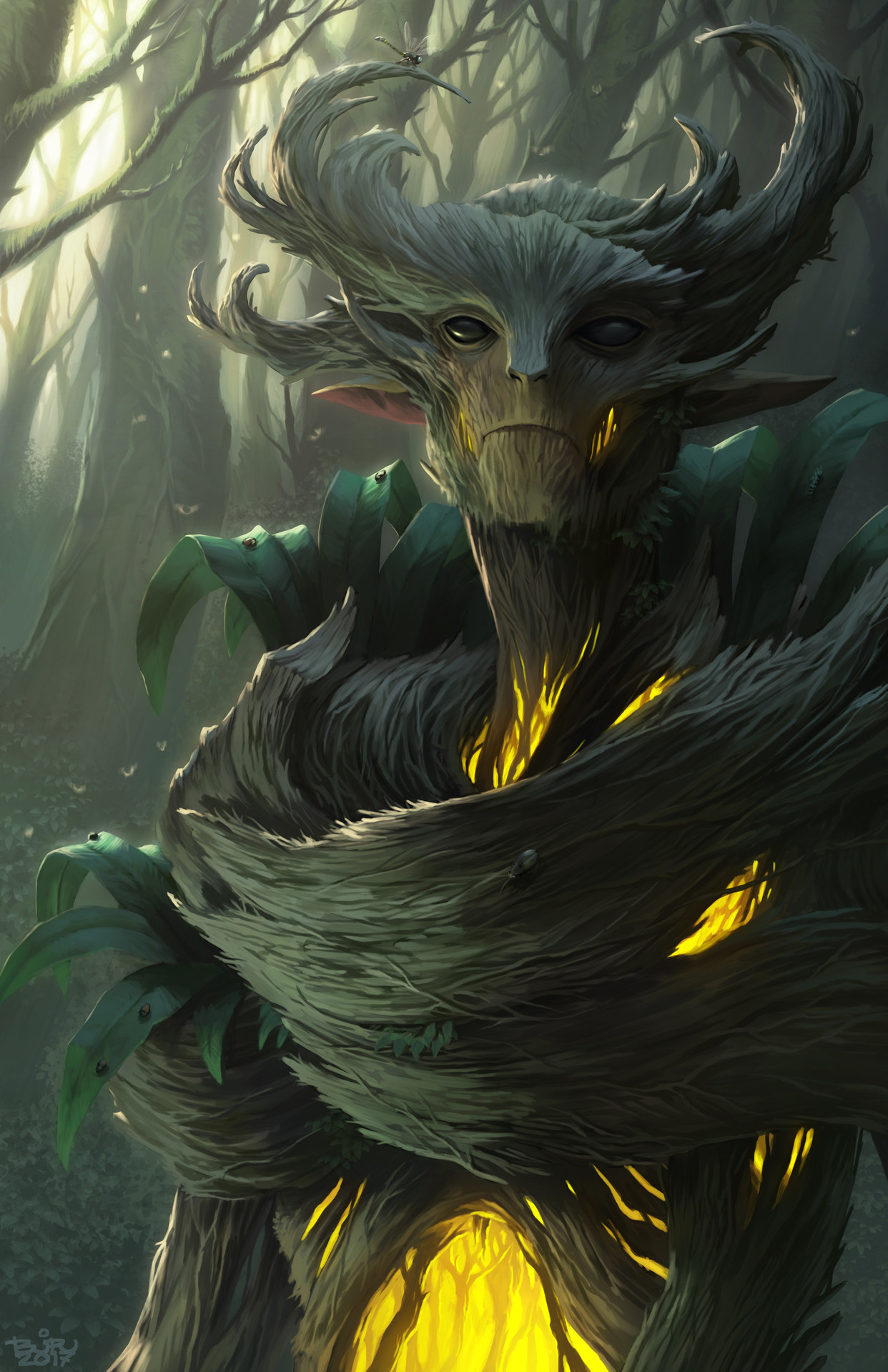
Immortalism and Creatures from Filipino mythology
Philippine mythology is rooted in the many indigenous Philippine folk religions. Philippine mythology exhibits influence from Indonesian, Hindu, Muslim, Shinto, Buddhist, and Christian traditions.
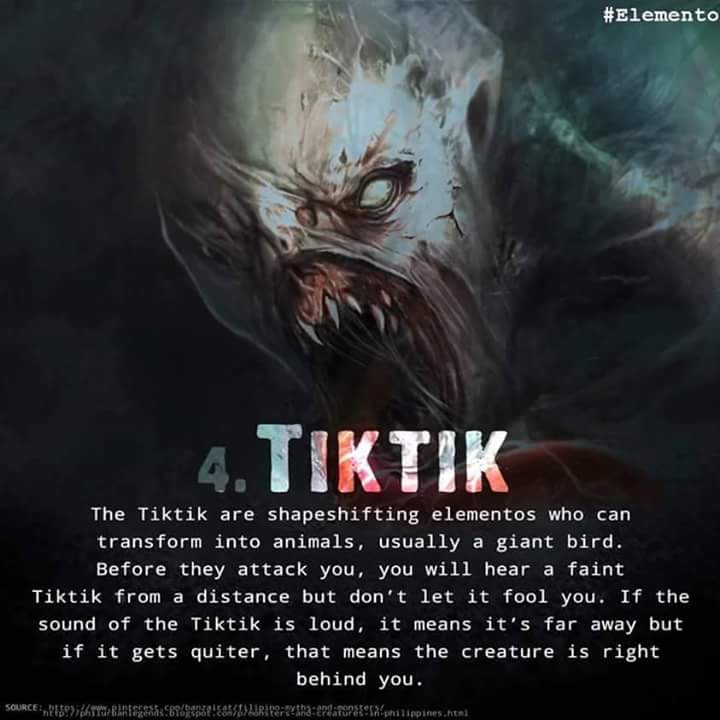
10 mythical creatures of Philippine folklore!
The creatures are part of the entire pantheon and they have been kept alive through the oral traditions of storytellers, and yes, through superstition. Philippine Mythology is fascinating, beautiful, terrifying, and confusing. Eliminating the separation between benevolent deities and malevolent spirits lessens this confusion and gives a greater.
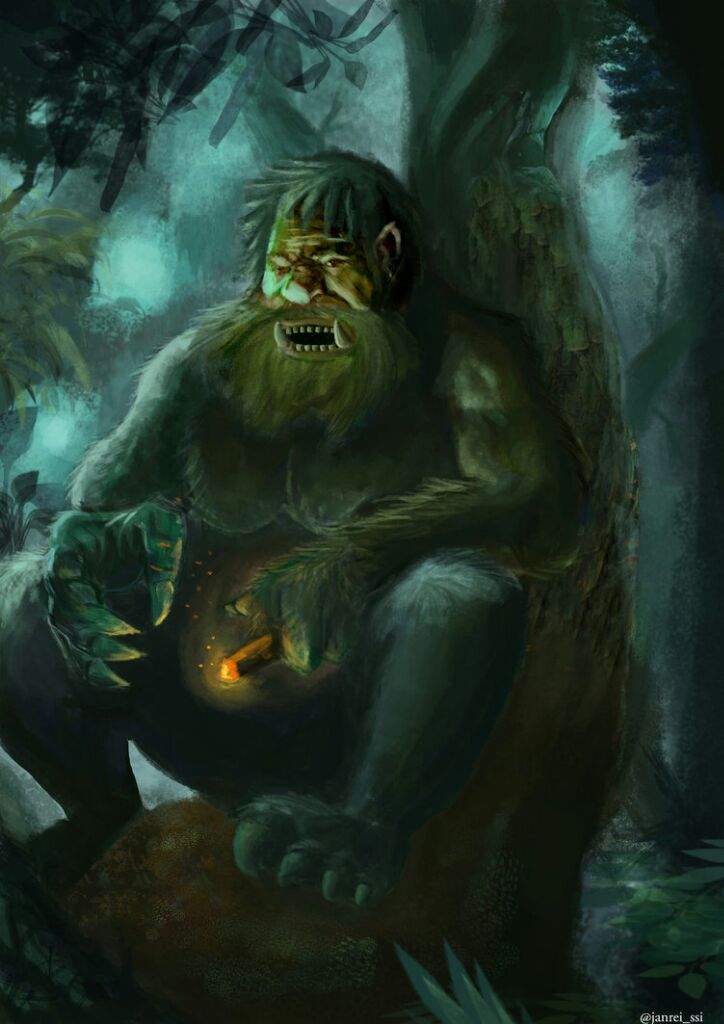
Filipino Folklore Creatures Part 3 Mythology & Cultures Amino
Tiyanak Photo: morano.vincent / Flickr / CC BY-SA 2.0 In the Philippines, it's believed that the souls of unbaptized babies go into a state of limbo after death and return as evil spirits. These hypnotic, mythological creatures are known as Tiyanak .
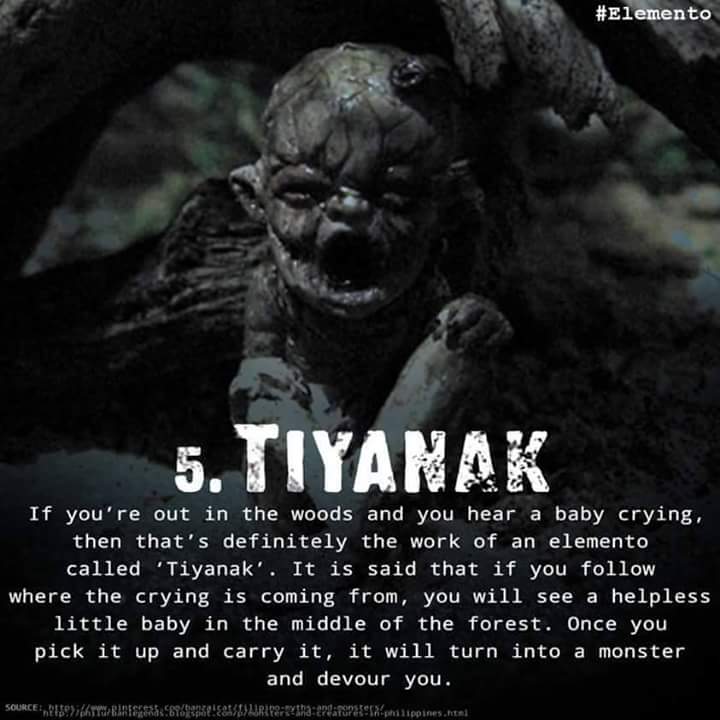
10 mythical creatures of Philippine folklore!
The independent film Liway (2018) delves on the topic of diwata as well as other Philippine mythical creatures. Also read: Pagsanjan, Calamba, Los Baños Travel Guide. Tiyanak. Don't be lured by the tiyanak, a creature who disguises as an infant crying. When picked up, it transforms into a small hideous creature with sharp teeth and.

Zodiac of Filipino Mythical Creatures on Behance
Here is just a sample of the strange and unusual mythical creatures of the Philippines: MYTHICAL CREATURES: What appears to be an aswang on the roof of a house, preparing to unfurl his long, needle-sharp tongue… Aswang Perhaps the best-known of the country's mythical creatures, aswang are shapeshifting vampires.

74 best images about Creatures of Southeast Asian Lower Mythology on
Just because Philippine mythology is ancient doesn't mean it can't be reimagined with present-day wit. In "Amazing Beasts," award-winning writers and illustrators May Tobias-Papa and Liza Flores acquaint readers with the supernatural world of 56 outlandish creatures that reside in the country's secluded forests, burrows, and caves. There are unique characters for everyone to love.
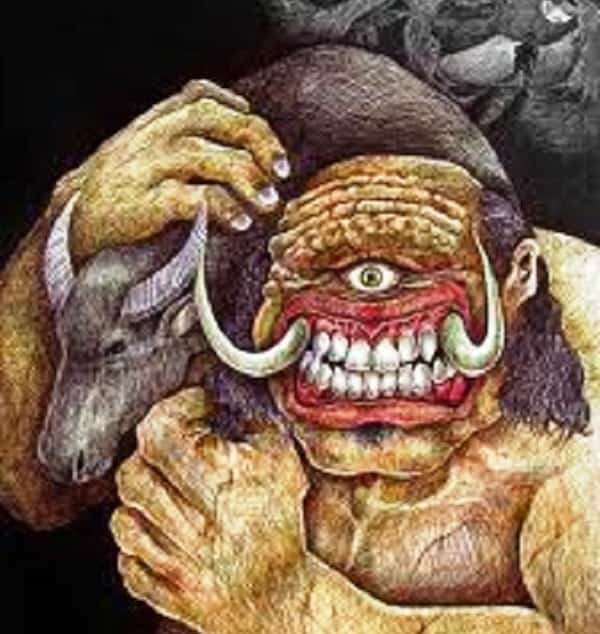
Top 10 Mythical Creatures in Philippine Folklore FilipiKnow
Philippine mythological creatures are the mythological beasts, monsters, and enchanted beings of more than 140 ethnic groups in the Philippines. Each ethnic people has their own unique set of belief systems, which includes the belief in various mythological creatures.
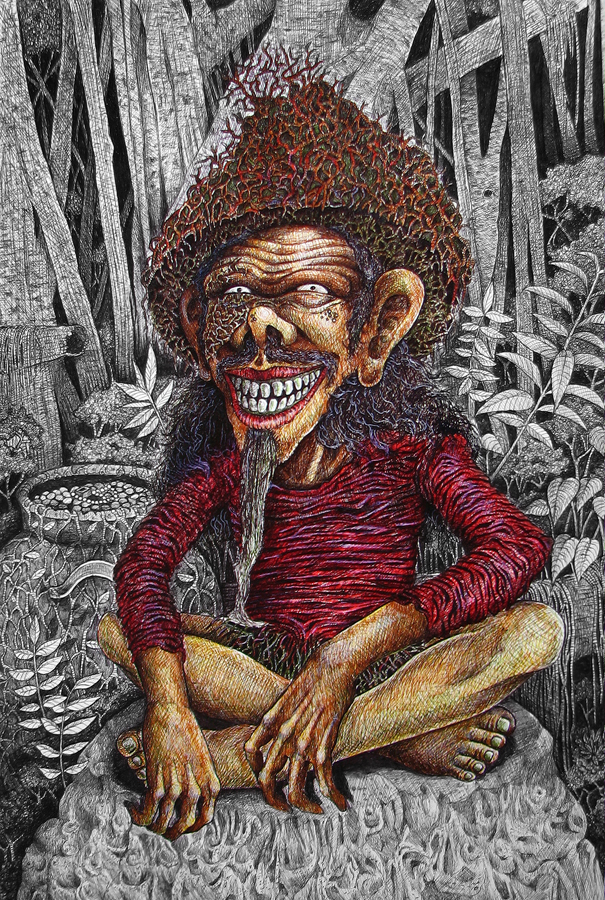
Philippine Mythical Creatures / Aswang ( PEN and INK ) on Behance
Tikbalang Kung Kabilugan ng Buwan is a child-friendly telling of the Tikbalang mythos - written by Victoria Añonuevo, illustrated by Kora Dandan-Albano and released by Adarna House - intended to familiarize young Filipino audiences with Philippine Mythological creatures. In the story, a Tikbalang becomes lonely for lack of a playmate.

Mythical Creatures of the Philippines by Jerald Apelacio on Dribbble
A fusion of aswang and kapre, this mysterious night creature is relatively unknown in Philippine folklore. According to legends, ani-ani is a humanoid that stands about eighteen feet tall and emits a strong, goat-like smell.

8 MYTHICAL Creatures From The Philippines! YouTube
1. Aswang: The Shape-Shifting Vampire Among the most notorious mythical creatures in Filipino folklore is the Aswang. These malevolent beings are often portrayed as shape-shifters, capable of assuming the form of a human, animal, or even an inanimate object.
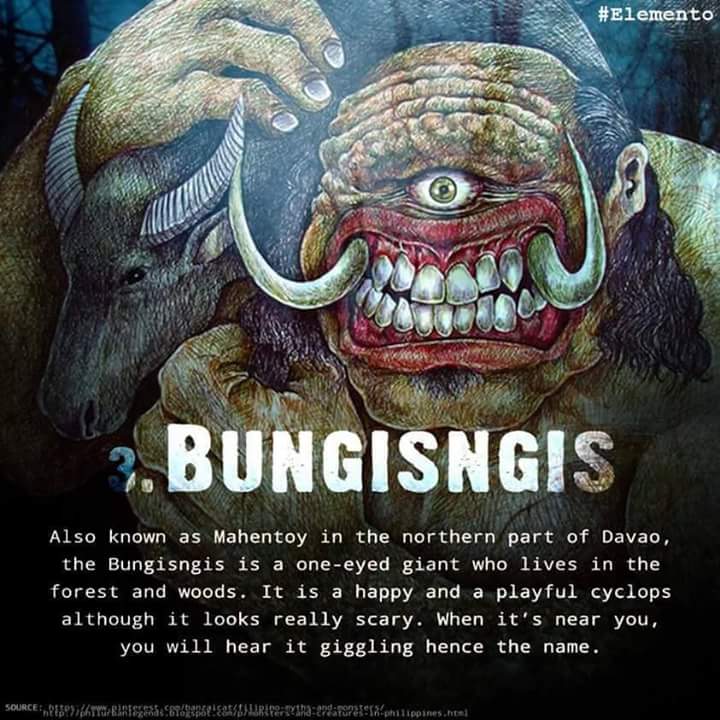
10 mythical creatures of Philippine folklore!
Overview The mythological figures, including deities ( anitos and diwatas), heroes, and other important figures, in Anitism vary among the many ethnic groups in the Philippines. Each ethnic group has their own distinct pantheon of deities. Some deities of ethnic groups have similar names or associations, but remain distinct from one another. [1]
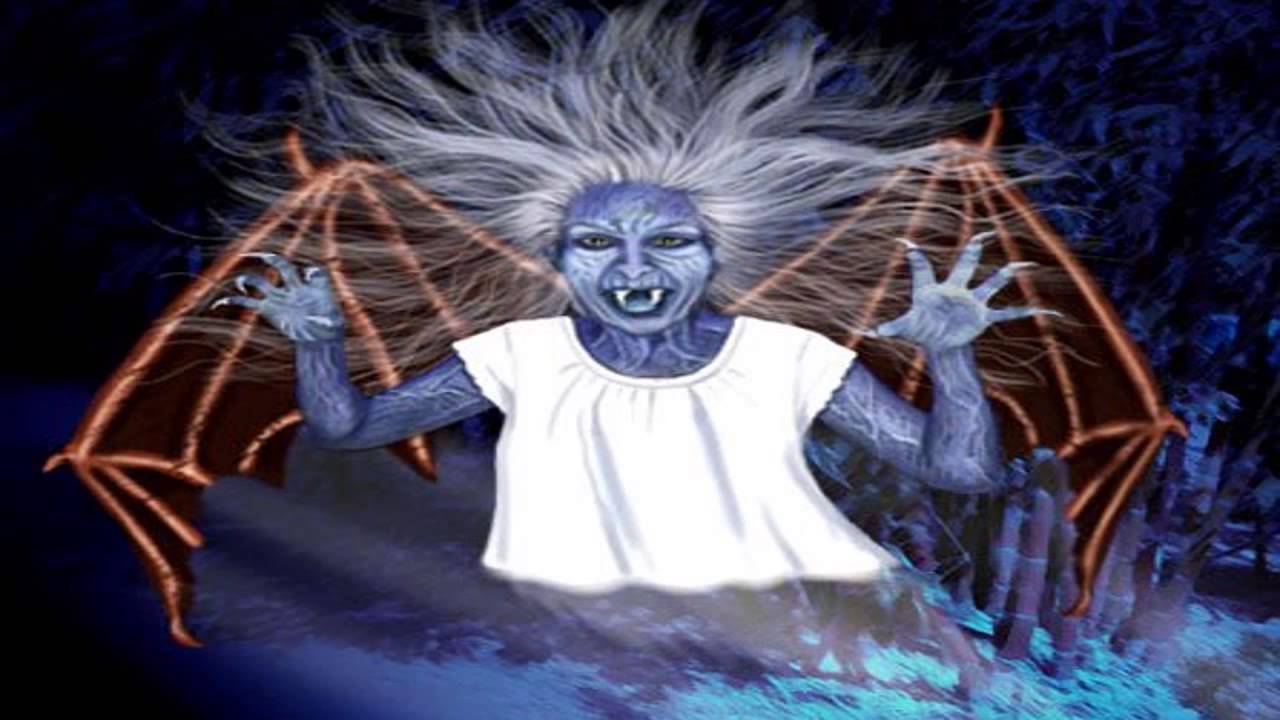
Philippine mythical creatures
Kapre's Appearance As you wander through the ancient forests of the Philippines, you may catch a glimpse of the enigmatic tree dweller known as Kapre, a colossal creature with dark, ashy skin and long fingernails, often found reclining against the towering acacia trees.
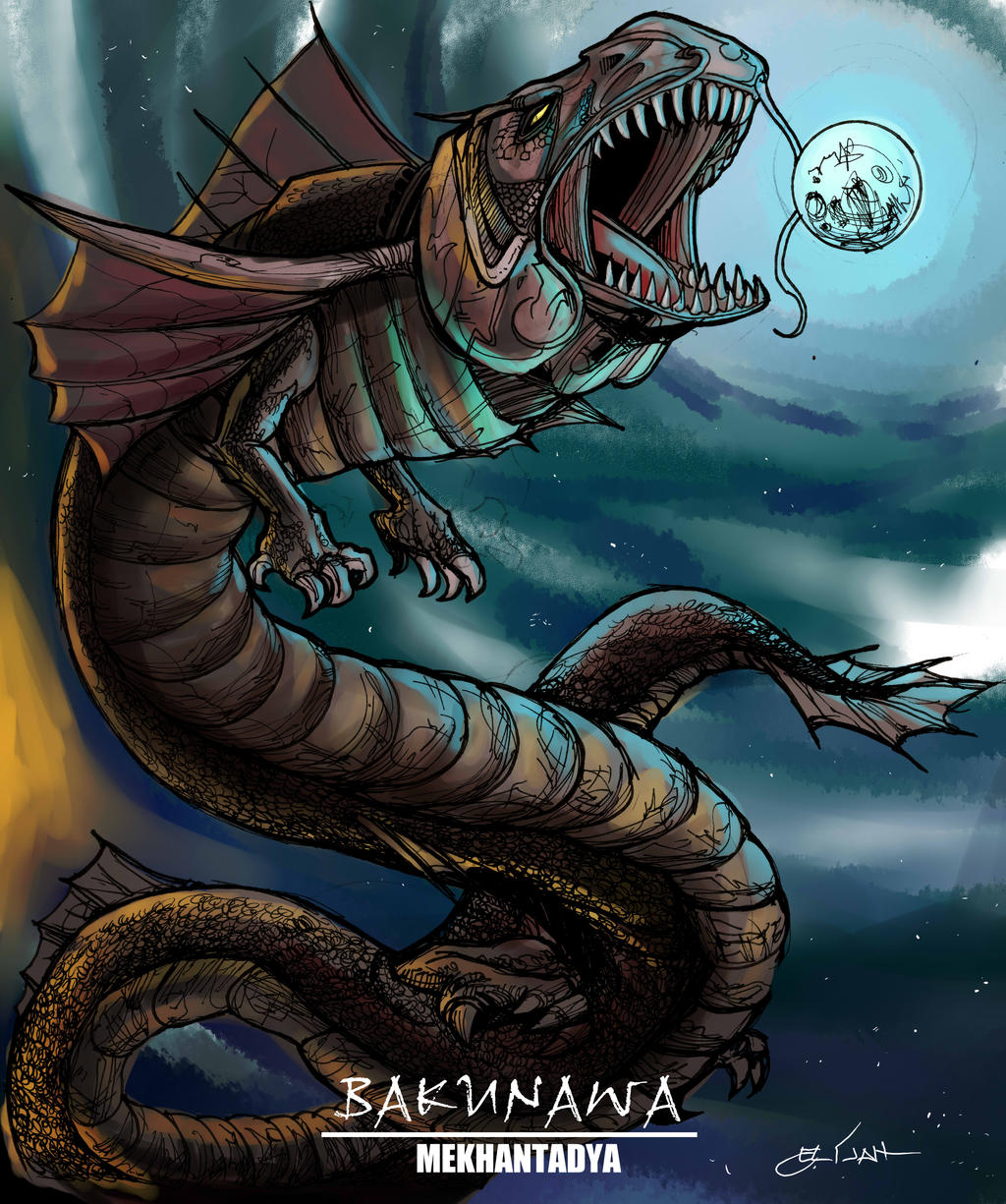
Philippine Mythical Creatures 2048
We'll introduce you to some of the most famous mythological creatures that have been haunting the imaginations of Filipinos for centuries, such as the terrifying Aswang and the mischievous Duwende. Next, we'll explore the fascinating legends surrounding our ancient deities, like Bathala, the supreme god, and Mayari, the goddess of the moon.

Pin by jasonpayne on harpies Philippine mythology, Mythological
5. Tiktik, Wakwak, Ekek (See also: Aswang, Soksok) They can't split their body in two unlike the infamous mananggal, but they have the same dietary preferences, so call them manananggal -lite. The tiktik, wakwak, and ekek are bird-like creatures of death that prowl the night in search for food.

Top 5 Scariest Monsters from the Philippines Mythical creatures
The Manananggal is a mythological creature from Philippine folklore. It is typically described as a female monster or witch that can detach her upper body from her lower body and grow wings to fly at night in search of prey, usually pregnant women and their unborn children.